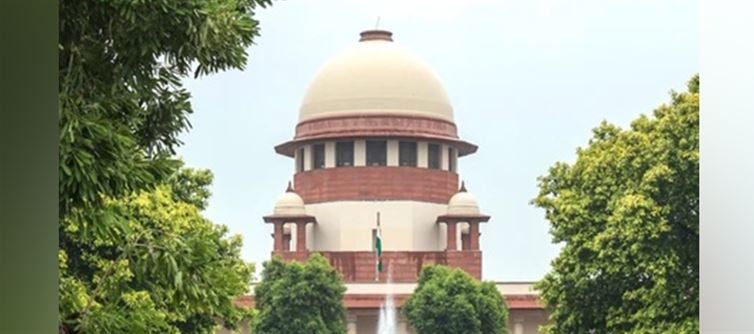
India is bleeding on its roads—and the supreme court is finally drawing a line. With 1,72,890 deaths in 2023 alone, including 35,221 pedestrians, the nation’s highways, streets, and footpaths have become death traps. The apex court has issued comprehensive, no-nonsense directives targeting encroached footpaths, helmet non-compliance, reckless driving, and hazardous vehicle lights. In a country where road fatalities rise every year, the SC’s intervention is a wake-up call: pedestrian safety is a right, not an afterthought.
1. Footpaths Are Not Optional
The sc condemned the “unlawful encroachment and misuse” of footpaths, which forces pedestrians onto busy carriageways. Municipal bodies and the NHAI must now audit footpaths in 50 major cities, prioritizing markets, schools, stations, and high-incident zones.
2. Zebra Crossings, Overbridges, Subways—Check or Fail
Crossings, overbridges, and subways must be safe, well-lit, and accessible. Unsafe infrastructure is no longer acceptable. Footpaths and crossings are judicially recognized rights—neglect equals legal liability.
3. 70% of Two-Wheeler Deaths Linked to Helmets
The sc slammed non-compliance, ordering strict helmet enforcement via e-cameras. Two-wheeler riders and passengers must wear helmets—or face consequences. Death is not an excuse; law is the deterrent.
4. Lane Discipline Is Non-Negotiable
Wrong-lane driving and unsafe overtaking, especially near intersections and pedestrian zones, will be targeted with automated cameras, graduated fines, and physical deterrents like rumble strips and tyre killers.
5. Dazzling Headlights & Illegal Hooters = Weapons
The court condemned the misuse of LED beams, red-blue strobes, and illegal hooters that intimidate and endanger pedestrians. States must regulate luminance and beam angles while banning unauthorised lights.
6. Accountability Must Be Real-Time
Municipal authorities, state governments, and the NHAI must establish online grievance redressal systems for footpath and pedestrian complaints. Delays are no longer acceptable; resolution must be time-bound and reviewed by higher authorities.
7. Legislative Compliance Within Six Months
All states and UTs are ordered to frame rules under Sections 138(1A) and 210-D of the Motor vehicles Act, regulating pedestrian access and road design standards. Non-compliance will now have legal consequences.
8. Seven-Month review and Continuous Oversight
The matter will be revisited after seven months. sc has made it clear: this is not a symbolic action. States must report measurable progress—or face judicial censure.
🚨 Closing Punch:
India’s roads are killing tens of thousands every year, but the supreme court has shown that pedestrian safety cannot wait for bureaucratic apathy. From encroached footpaths to reckless headlights, from helmet defiance to lane chaos—the directives are clear, uncompromising, and enforceable. The message is simple: walk safely, ride safely, enforce strictly—or lives will continue to pay the price.




 click and follow Indiaherald WhatsApp channel
click and follow Indiaherald WhatsApp channel